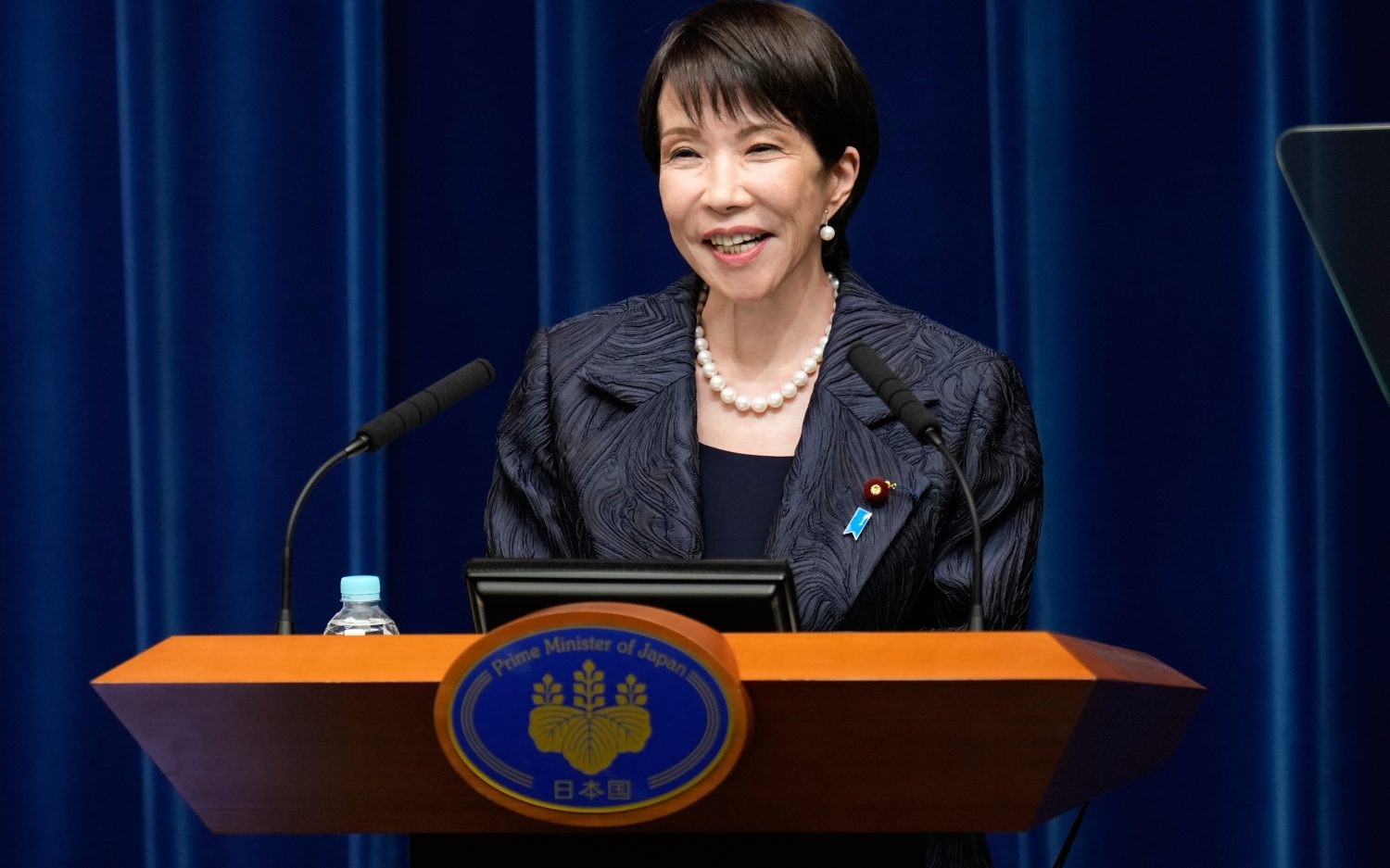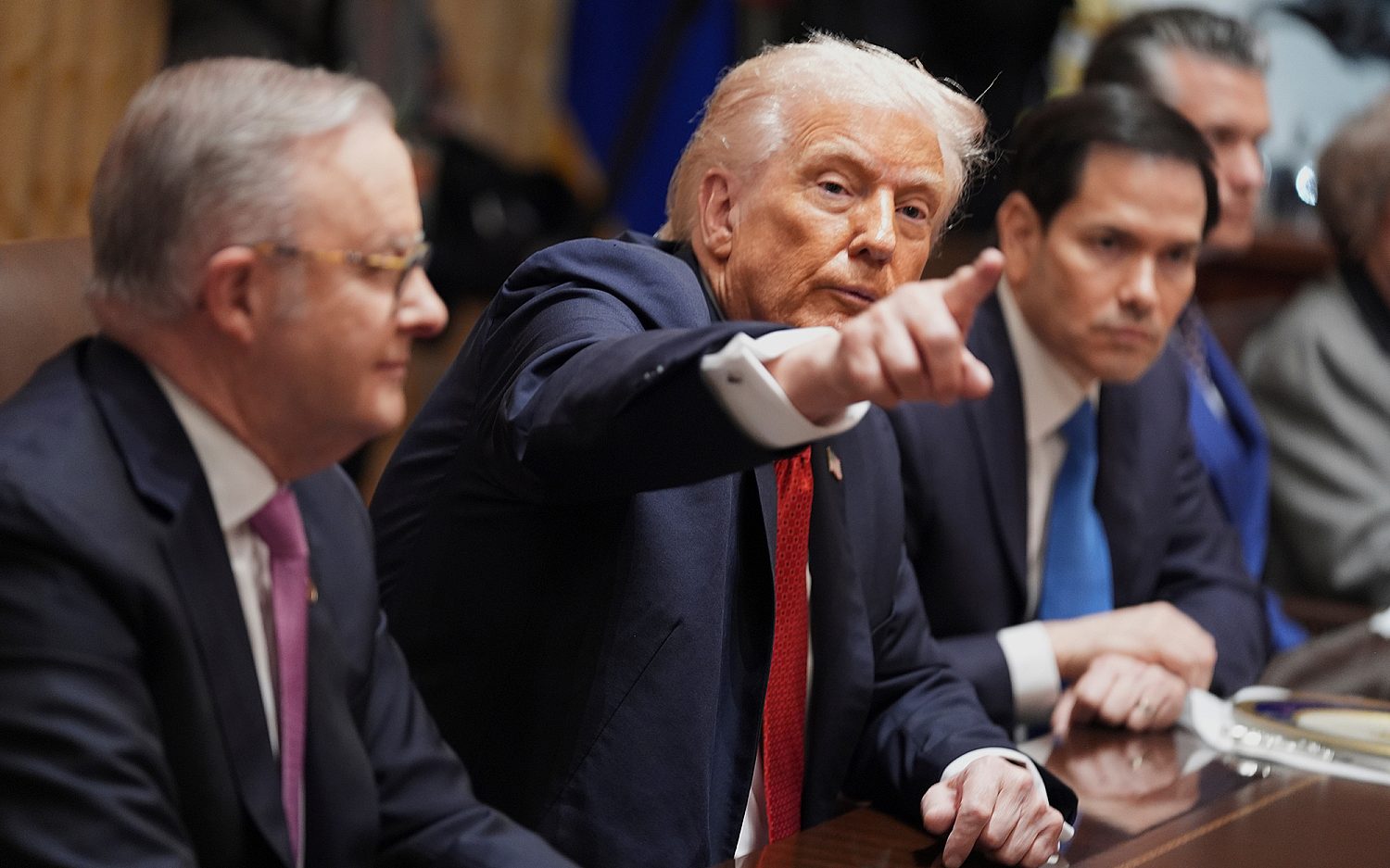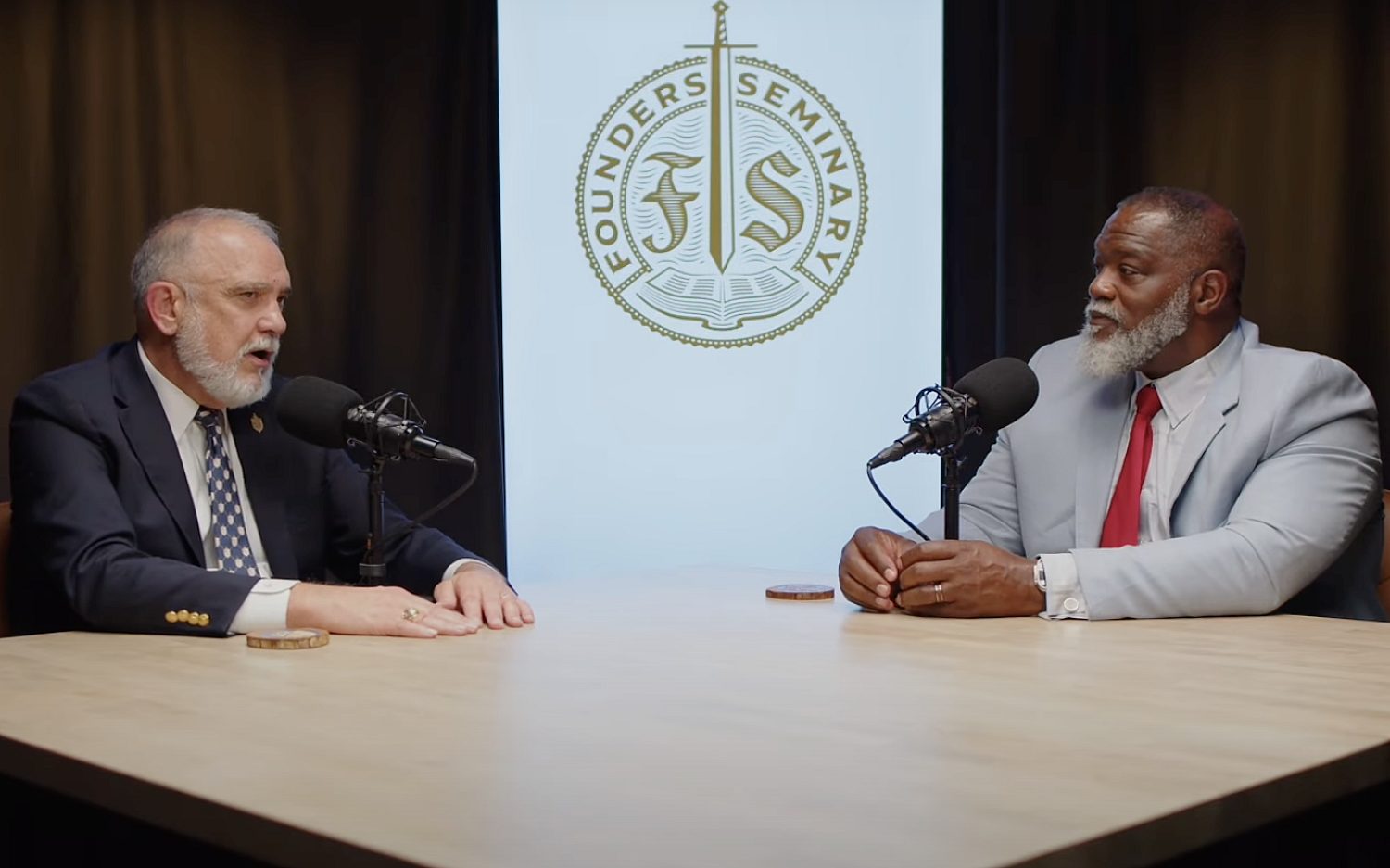Fighting to save Middle East history
New York’s Metropolitan Museum of Art hosts a rare high-level meeting on saving ancient sites from Islamic terrorists
NEW YORK—The Metropolitan Museum of Art on the Upper East Side was empty Tuesday night, except for the room containing the Temple of Dendur, an Egyptian treasure from 10 B.C. transported to a cavernous wing of the New York museum. There U.S. Secret Service and French security agents ringed the room, anticipating VIPs who would arrive soon to mingle with dozens of archaeologists, scholars, and museum curators. Met director Thomas Campbell buzzed among the wine-sipping scholars.
Campbell brought the cultural preservationists together after-hours to talk about Islamic State’s ongoing looting and destruction of antiquities, primarily the sites of religious minorities, including Christians. For four years, the Met has held evenings like this to rally museum world elites to do what they can against terrorist destruction of places like the tomb of Jonah in Mosul, Iraq. The richly endowed Met has visiting scholars from Iraq and supports several projects in the Middle East to counter terror destruction.
The archaeologists and others there insisted they did not value monuments over people. Terrorists’ intentional destruction of sites like monasteries “is tied to persecution of minorities,” said Irinia Bokova, the director-general of UNESCO, which oversees the preservation of certain heritage sites. It’s a “cultural cleansing,” she said. Bokova noted the disappearance of Iraq’s Christians over the last few years and praised the U.S. Congress for designating Islamic State targeting of Yazidis and Christians as genocide.
“They’ve eliminated people and also evidence of their faith and heritage,” said Knox Thames, the U.S. State Department’s special adviser for religious minorities in the Near East and South-Central Asia. In August, the State Department sponsored a meeting in Erbil, Iraq, to train minority communities on preservation and to hear what problems they are experiencing. Thames said his office is “working to help recreate conditions where religious minorities feel like they have a future.”
One museum consultant asked what he admitted might be a naive question: Does the State Department ever reach out to the destroyers to try to keep them from carrying out their plans?
“Certainly with Daesh we make no effort to reach out to them,” Thames replied dryly, using the Arabic term for Islamic State (ISIS).
Locals in Iraq and Syria have their own stories of cultural heroism, smuggling manuscripts out of ISIS territory or sandbagging vulnerable museums. But in many situations the people on the ground can do little more than document what ISIS is destroying.
On this September evening, the preservationists could celebrate one victory: the first successful International Criminal Court prosecution for cultural destruction. A few weeks ago, Ahmad al-Faqi al-Mahdi pleaded guilty to intentionally destroying ancient shrines and tombs in Timbuktu, Mali, as part of a terrorist group affiliated with al-Qaeda. The prosecution was “a real breakthrough,” Thames said.
The Timbuktu case shows the territories under ISIS control are not the only areas at risk. Elizabeth Bolman, an art historian at Temple University, showed the gorgeous restoration of a fifth century Coptic monastery that she and others undertook in Sohag, Egypt. The crumbling “Red Monastery” had been covered in soot, and when restorationists removed the grime they discovered what Bolman called the highest quality, floor-to-ceiling Coptic art from that era. Bolman’s team did a high resolution scan of the building, at a level that would allow others to recreate it at full-scale if it’s ever destroyed.
Others meandering through the room that night have been part of that effort. Zainab Bahrani, professor of art history and archaeology at Columbia University, oversees a project call Mapping Mesopotamia that several years ago began chronicling early church and monastery sites in Iraq. Her team, all Iraqi and from various religious backgrounds, plans to publish the map online soon. Bahrani noted Christians in Iraq feared losing not just their church buildings but “their direct ancestry”—because they can trace their families to the early church.
As we reported last year, Christian colleges with archaeology programs haven’t typically worked in these Old Testament and early church areas in Iraq, Syria, Jordan, and Lebanon. Because of funding and safety, the archaeologists at Christian colleges usually work in Israel.
After the preservationists’ talks ended and glasses of wine circulated again, a group of men in suits power-walked into the room. They surrounded a surprise guest, U.S. Vice President Joe Biden, who stopped to greet each museum staffer manning the doorways and velvet ropes.
“My name is Joe Biden, and I work for Evan Ryan,” Biden said, referring to the State Department official overseeing some of the cultural preservation issues. Chuckles went around the room. “You all think I’m kidding, but I’m not.”
Biden gestured to the temple behind him and said if anyone needed a reason for cultural preservation, “This is it.”
By that point of the evening, French President François Hollande was supposed to have arrived to announce a new $100 million fund France was organizing to fight terrorist destruction of cultural heritage in the Middle East. But Hollande was reportedly stuck in traffic surrounding the United Nations General Assembly.
Ribbing Hollande, Biden said his lateness wasn’t New York’s fault. Biden said he had no advantage—he left 40 minutes earlier than Hollande in order to arrive on time. In the middle of Biden’s speech, the massive French presidential entourage appeared in the back of the room, and Hollande walked up to the temple.
“It’s astounding—“ Biden was saying but stopped mid-thought. “It’s astounding that the president of France is here. Perfect timing.” He turned the floor over to Hollande and stepped back into the crowd. Hollande spoke to the preservationists in French, through a translator.
“Here in this room we find some Egyptian monuments that have been protected by the American government at the request of the Egyptian authorities,” Hollande said. “At the time it was the rise of the Nile that threatened these works. Today it is terrorism in Syria, Iraq, and other countries—with the idea that they can destroy the cultural heritage of mankind.”
An actual newsletter worth subscribing to instead of just a collection of links. —Adam
Sign up to receive The Sift email newsletter each weekday morning for the latest headlines from WORLD’s breaking news team.





Please wait while we load the latest comments...
Comments
Please register, subscribe, or log in to comment on this article.